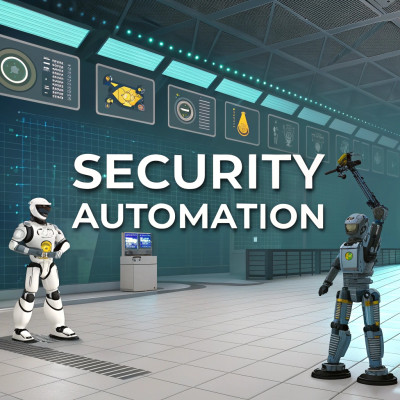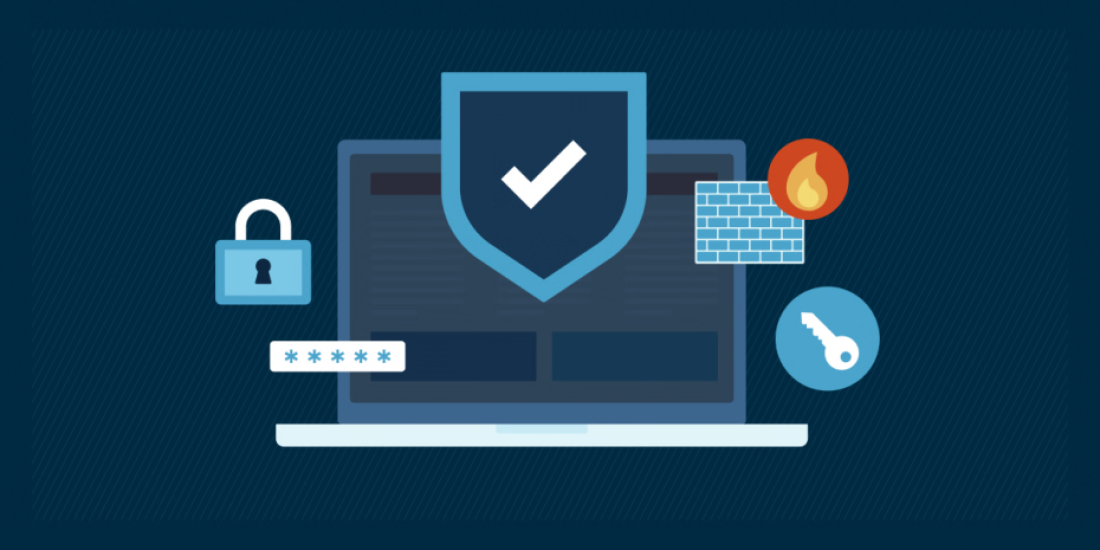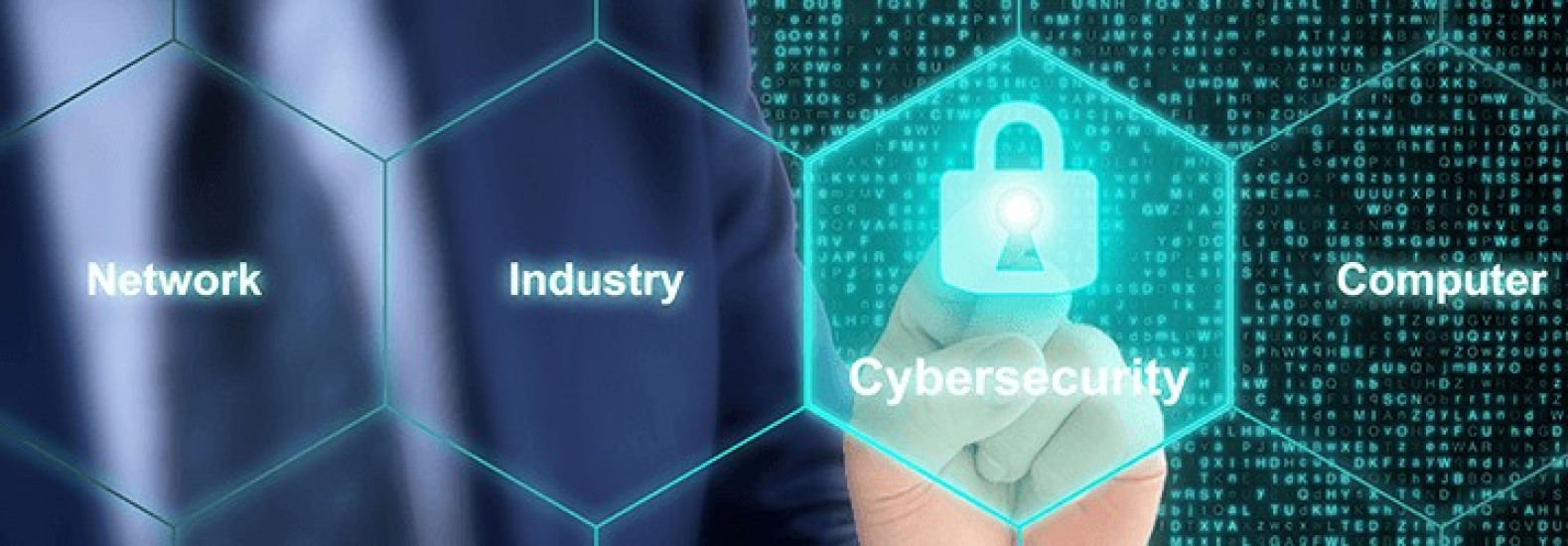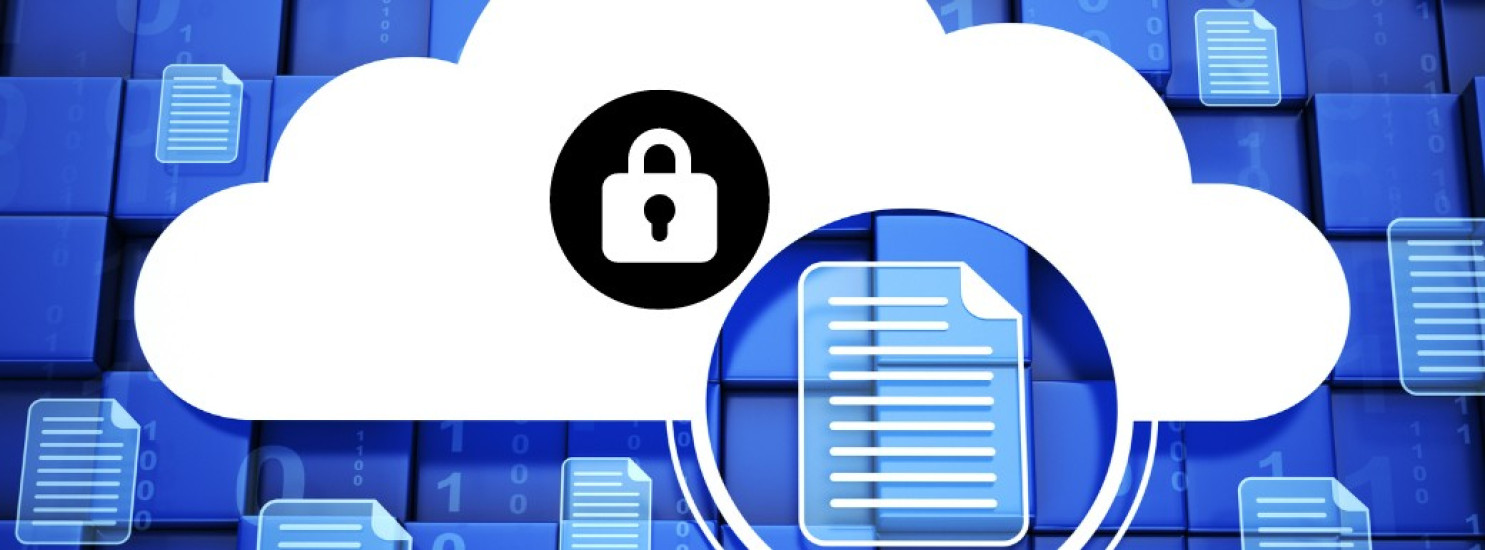Security Automation: Code, Create, Captivate
We have engineered several leading and secure apps that have allowed businesses to accelerate their growth and fully thrive. With us, you get cutting-edge development.
Get a Free Consultation
We Offer,
Security Automation

GitLab CI/CD
GitLab CI/CD is a built-in continuous integration and continuous delivery feature within GitLab that automates the process of building, testing, and deploying code. It uses YAML configuration files to define pipelines, jobs, and stages, and integrates seamlessly with GitLab repositories to enable automated DevOps workflows.

Jenkins
Jenkins is an open-source automation server used for continuous integration and continuous delivery (CI/CD) to automate the building, testing, and deployment of software projects. It supports a wide range of plugins for integrating with various tools and services, enhancing its flexibility in DevOps workflows.

Powershell
PowerShell is a task automation framework and scripting language developed by Microsoft, primarily used for managing and automating administrative tasks in Windows environments. It combines the power of a command-line shell with scripting capabilities, enabling users to automate complex system management tasks and access system APIs.

Bash
Bash (Bourne Again Shell) is a command-line shell and scripting language commonly used in Unix-based systems for automating tasks and managing system processes. It is known for its simplicity, flexibility, and ability to execute commands, create scripts, and manage files and directories efficiently.

Google Cloud Platform (GCP)
Google Cloud Platform (GCP) is a suite of cloud computing services provided by Google, offering infrastructure, storage, machine learning, and data analytics tools. It enables businesses to build, deploy, and scale applications with high performance and security.

Python
Dedicated assistance whenever you need it, ensuring a smooth and hassle

Travis CI
Travis CI is a cloud-based continuous integration service that automates the building, testing, and deployment of software applications. It integrates with GitHub repositories and uses `.travis.yml` configuration files to define build pipelines, enabling seamless integration and delivery across multiple environments and programming languages.

Terraform
Terraform is an open-source Infrastructure as Code (IaC) tool that allows users to define, provision, and manage infrastructure resources across multiple cloud providers using a declarative configuration language. It automates infrastructure management, ensures repeatability, and supports versioning for cloud environments.

Ansible
Ansible is an open-source automation tool that uses YAML-based playbooks to automate configuration management, application deployment, and system orchestration across multiple systems. It operates in an agentless manner, making it easy to manage and scale infrastructure without requiring additional software on managed nodes.

Puppet
Puppet is an open-source configuration management tool that automates the provisioning and management of infrastructure across multiple systems using its declarative language. It helps ensure consistency and compliance by defining infrastructure as code and automating system configurations.

Salt Stack
SaltStack (Salt) is an open-source configuration management and orchestration tool that automates the management of infrastructure at scale. It uses a master-agent model, with Salt’s simple YAML-based configuration files and powerful remote execution capabilities for efficient system automation.
About This Service
Description of Security Automation
Security automation involves using advanced technology, tools, and processes to automate various security tasks within an organization. The primary goal is to reduce manual effort, improve operational efficiency, and minimize human errors in security management. By automating repetitive and time-consuming activities, organizations can respond more quickly to security incidents, ensure consistent compliance with policies, and free up security teams to focus on strategic initiatives. This proactive approach is crucial for effectively managing the increasing complexity and volume of cyber threats in today’s digital landscape.
Key Components of Security Automation
-
Threat Detection and Monitoring:
- Automated security tools constantly monitor networks, systems, and endpoints to identify suspicious activities, anomalies, or vulnerabilities. They use AI, machine learning, and preset rules to detect threats quickly and in real-time, helping organizations respond promptly and strengthen their security defenses.
- Security Information and Event Management (SIEM) systems play a vital role in threat detection by centralizing log collection, correlating events, and generating alerts for security incidents. They help organizations monitor and respond to potential threats efficiently.
-
Incident Response Automation:
- When a threat or vulnerability is detected, automated security solutions can trigger predefined actions or workflows to mitigate or contain the threat. This can include isolating affected systems, blocking malicious IP addresses, or escalating the issue to security teams.
- Incident response automation helps organizations react more swiftly and consistently, minimizing the impact of security breaches.
-
Vulnerability Management:
- Security automation tools can scan for vulnerabilities in systems, applications, and networks. These tools can automatically apply patches or updates to fix known vulnerabilities, reducing the window of opportunity for attackers to exploit them.
- Automated vulnerability assessment helps identify and prioritize security risks based on severity, ensuring that critical issues are addressed promptly.
-
Compliance and Reporting:
- Security automation ensures that security policies and regulatory requirements are consistently adhered to by automating compliance checks and audits.
- Automated reporting tools can generate security compliance reports, helping organizations track and demonstrate their adherence to standards such as GDPR, HIPAA, or PCI-DSS without manual intervention.
-
Security Policy Enforcement:
- Automated security solutions enforce security policies across the organization by ensuring that devices, networks, and users comply with the defined security controls. For example, automated tools can enforce strong password policies or ensure that unauthorized software is not installed on endpoints.
-
Identity and Access Management (IAM):
- Security automation simplifies IAM by automating user provisioning, role assignment, and access rights management. It can also enforce policies for multi-factor authentication (MFA) or automated deactivation of user accounts once they are no longer required.
- Automated IAM systems help ensure that only authorized users have access to sensitive data and systems, reducing the risk of internal breaches or unauthorized access.

Our Process
Our experts create a full brief of your requirements and ideas. We translate these into technical documents and early-stage prototypes. We gather a team and build an initial design to lay the foundation for the entire project.

KICK-OFF STAGE
Leverage agile framework to provide a robust high level synopsys overviews

DEVELOPMENT STAGE
Bring to the table survival strategies to ensure proactive domination

SUPPORT STAGE
Grow the holistic world view of disruptive innovation workspace
Questions You May Have
DevOps is a set of practices that combines software development and IT operations to shorten the development lifecycle, increase deployment frequency, and deliver reliable software faster. It helps businesses achieve faster delivery, improved collaboration, and better system reliability.
Automation in DevOps increases efficiency, reduces manual errors, and accelerates deployment cycles, ensuring higher-quality software releases.
Yes, we provide consulting and hands-on implementation to help organizations adopt DevOps practices and tools effectively.
Yes, we integrate security practices into the DevOps lifecycle to ensure your applications are secure and compliant.
Reach & Get in Touch With Us!
We'd love to hear from you. Please fill out the form below.
Got a Project ?




Stay Updated with the Latest News and Insights
Subscribe to our newsletter for exclusive updates, expert insights on innovative solutions, the latest tech trends, industry news, and special offers from TecishSol.




